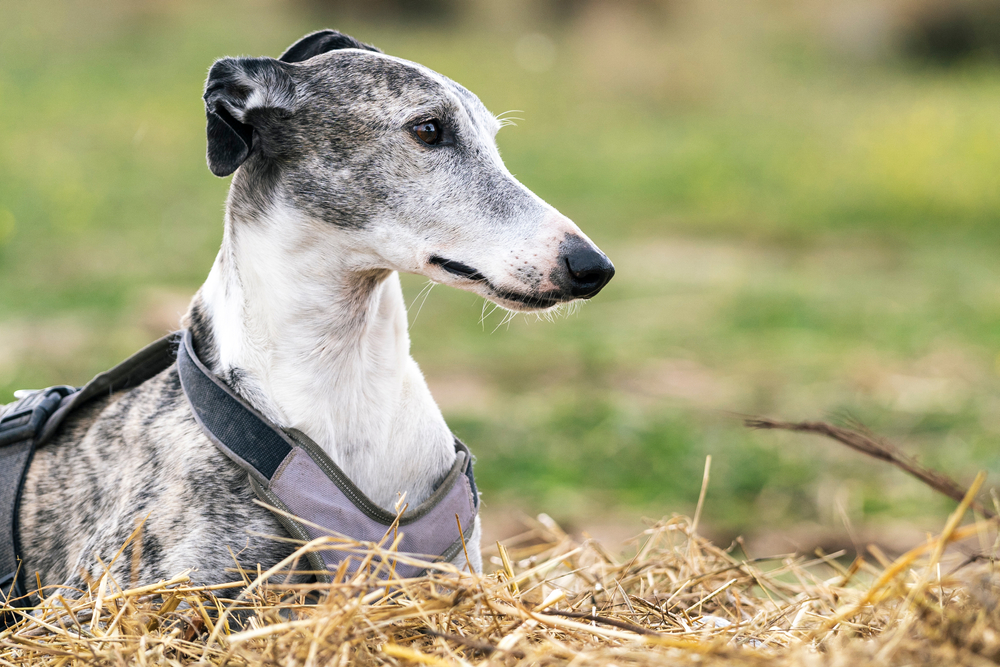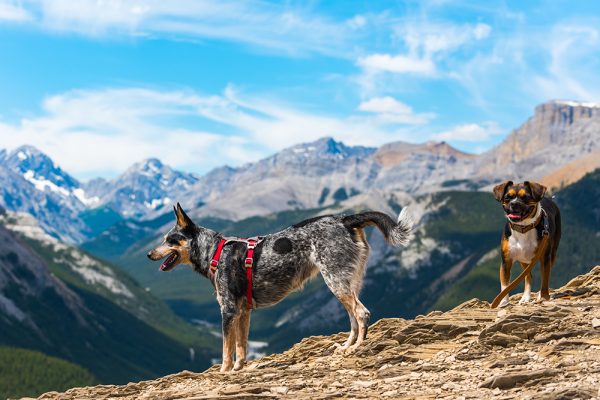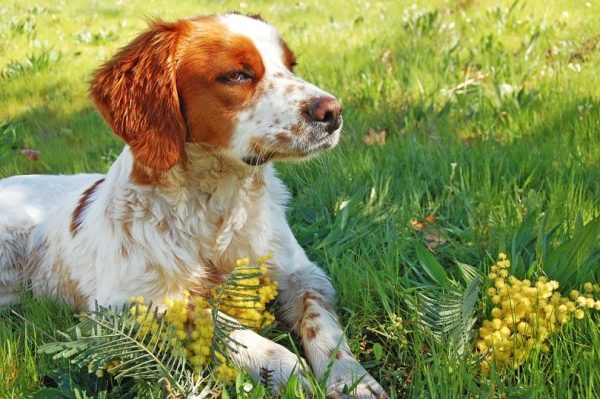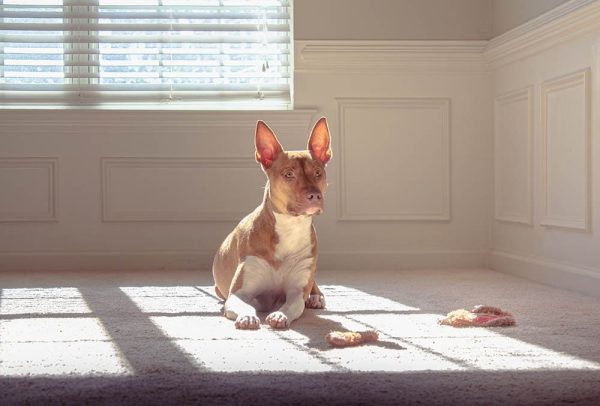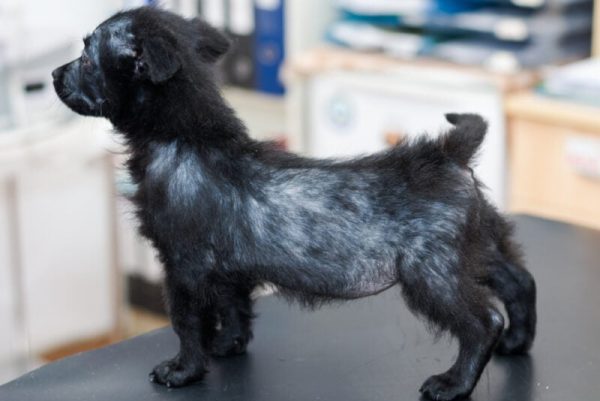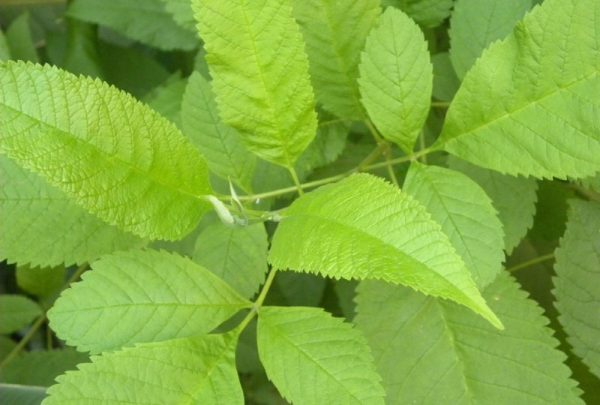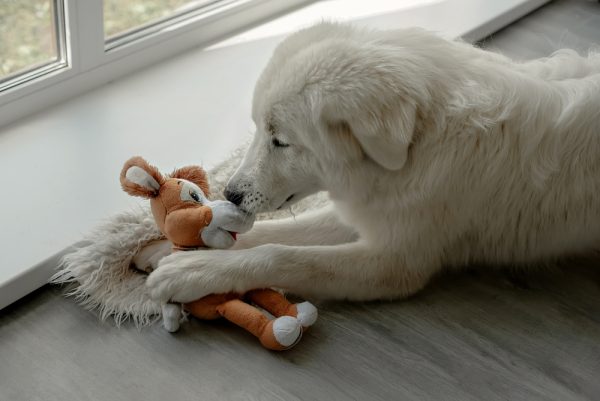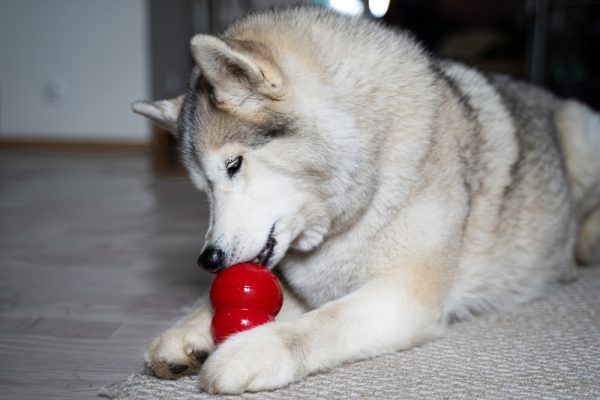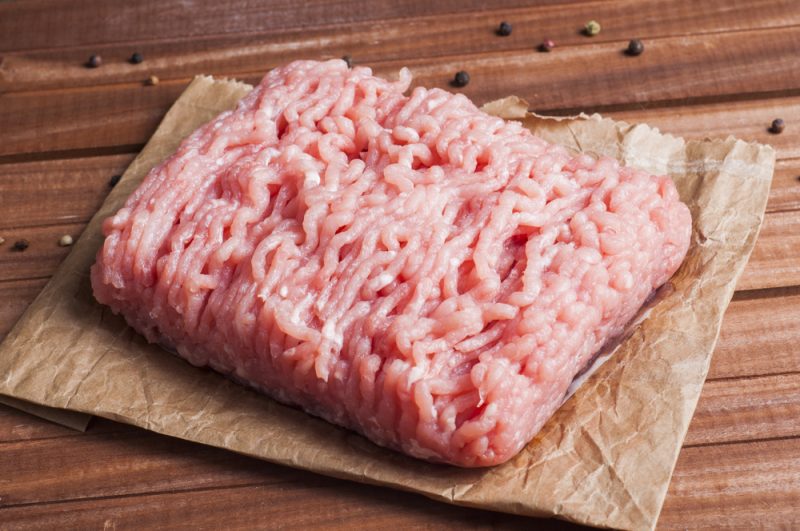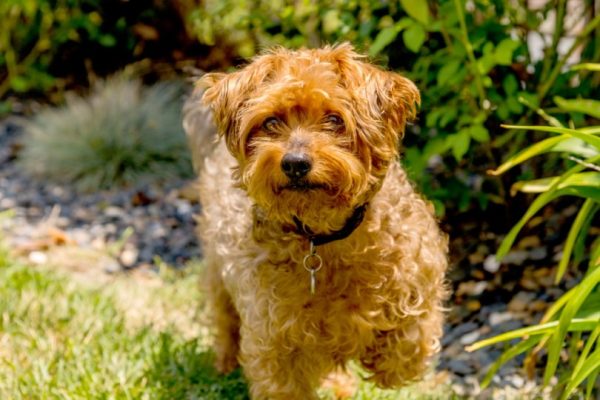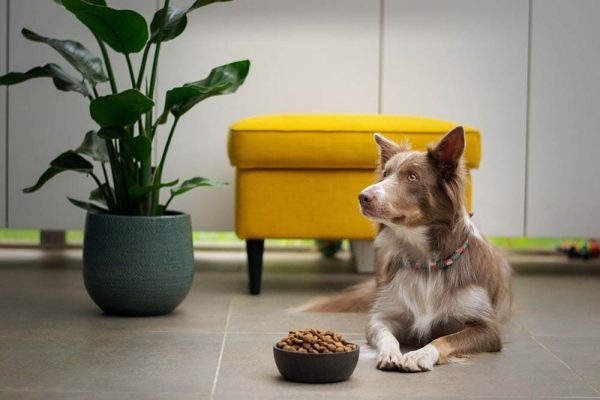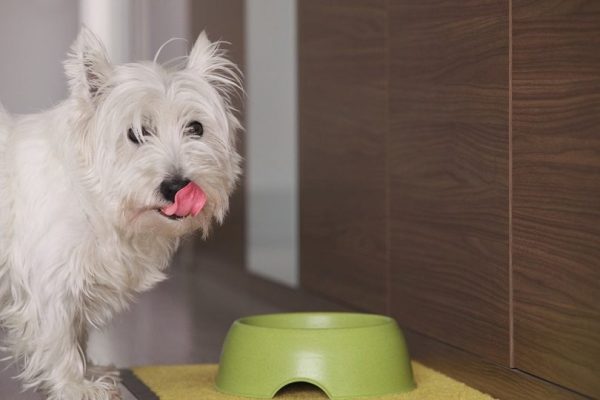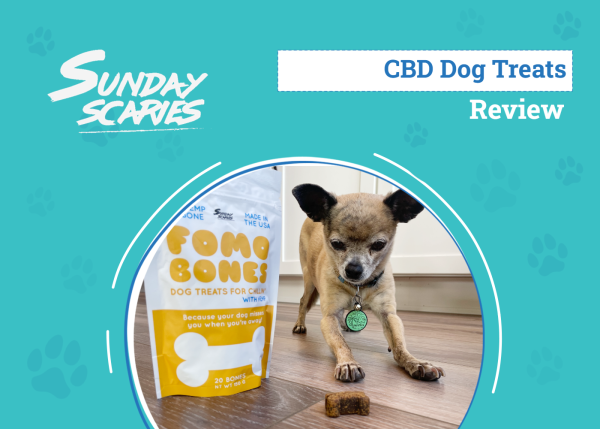In this article
View 4 More +When setting up an outdoor doghouse, it’s important to line it with good bedding. Bedding helps dogs stay warm and dry and can keep moisture from soaking into the floorboards of the doghouse. Most types of straw are one of the more common types of bedding, and they generally work well with outdoor dog houses when used correctly. However, pine straw is not recommended for dogs.
We’ll go over the advantages and disadvantages of using straw and how to maintain straw bedding. Once you weigh the pros and cons, you’ll be able to decide if straw is the right type of bedding for your doghouse.

The Benefits of Straw Bedding
Straw is a natural byproduct of cereal grasses. It’s the dry, hollow stalk that remains after the grains and chaff have been removed from the grass. It’s commonly used for bedding for different livestock like cows, sheep, and pigs.
Straw is a considerable choice for dog bedding for several reasons. It’s one of the more affordable types of bedding, and it’s eco-friendly. By using straw, you’d be reducing your carbon footprint by making use of a natural, biodegradable byproduct of grains.
Straw also acts as an insulator and can keep dogs warm. It can absorb a little moisture but will have to be replaced after rain or snow. Therefore, it’s usually more ideal to use in drier climates.
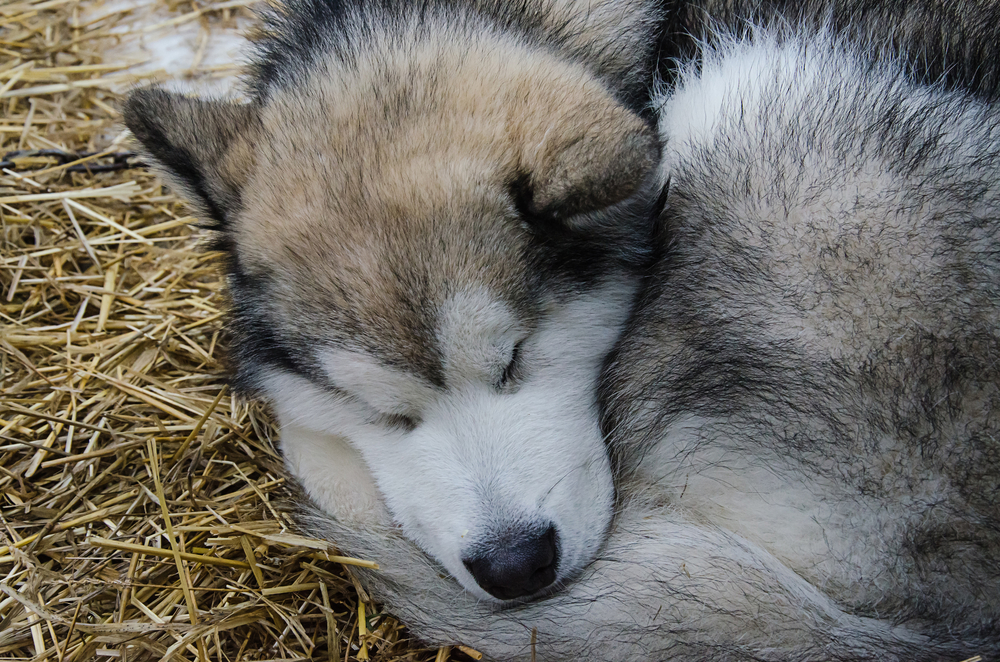
Are All Straws Safe For Dogs?
Not all straws are made equal. Pine straw in particular is not recommended for dogs, as it comes with certain health risks.
- Essential Oils – many pine species may contain essential oils that can be irritating to your dog’s skin, eyes, and respiratory system.
- Mold – pine straw retains moisture well, which can fester to mold and mildew. In turn, these can trigger respiratory tract ailments for your dog (and for you!).
- Sharpness – pine needles are sharp, and they are a potential choking hazard, especially for curious puppies. Splinters from pine straw may also irritate your dog’s skin and paws; depending on where they lodge, they can also lead to an infection.
- Dust – pine straw is often dusty, and can exacerbate or trigger respiratory tract issues in dogs.
It’s also worth noting that pine straw offers very poor insulation properties. These risks outweigh the benefits of pine straw, and therefore, it’s best to seek alternative straw sources for your dog.

A Note About Puppies
Puppies have a knack for curiosity and biting strange items, and it’s not beyond the realm of possibility for a curious puppy to bite at straw and unknowingly end up with a sharp object lodged in their throat as a choking hazard. In general straw isn’t recommended for puppies for this reason.
Straw is also often used for insulation in the colder months, which puppies may not tolerate very well to begin with. It’s therefore best to house puppies indoors during such seasonal shifts.

Difference Between Straw and Hay
Straw is sometimes confused with hay, as they can look similar. Both are also sold at animal feed and supply stores. The main difference between straw and hay is that straw is used for bedding while hay is used for food. Straw is the dry and hollow husk that remains after grains have been harvested, while hay is dried grass or legumes that are used as animal feed.
That being said, hay can also be used as bedding for your dog, as long as it is free from undesirable weeds or other woody material. Likewise, cedar shavings (but not powder, flakes, or chips) can be used as bedding as well.
Choosing the Right Type of Straw for Dog Bedding
Different kinds of straws have advantages and disadvantages. In general, wheat straws tend to be the most brittle and break easily. However, they’re very popular among those that do use them. Barley straw lasts somewhat longer, but oat straw tends to be more absorbent. Since you have several options to choose from, think about your budget and the climate that you live in to determine which type of straw would best fit your circumstances.
When shopping for straws, make sure to choose a variety that feels softer and supple. It should have a moisture content that’s between 15%–20% for good absorbency. Avoid straw that feels too dry and brittle. Not only are they uncomfortable, but they can also cause difficulty breathing or respiratory issues due to dust from any breakage.
The straw you choose for your dog should have the following characteristics.
- Dust-Free
- Essential-Oil & Fragrance Free
- Quick to Break Down: this warrants more frequent changing and therefore maintains the hygiene of your dog’s resting area
- Not Sharp: the straw you pick for your dog shouldn’t be too sharp
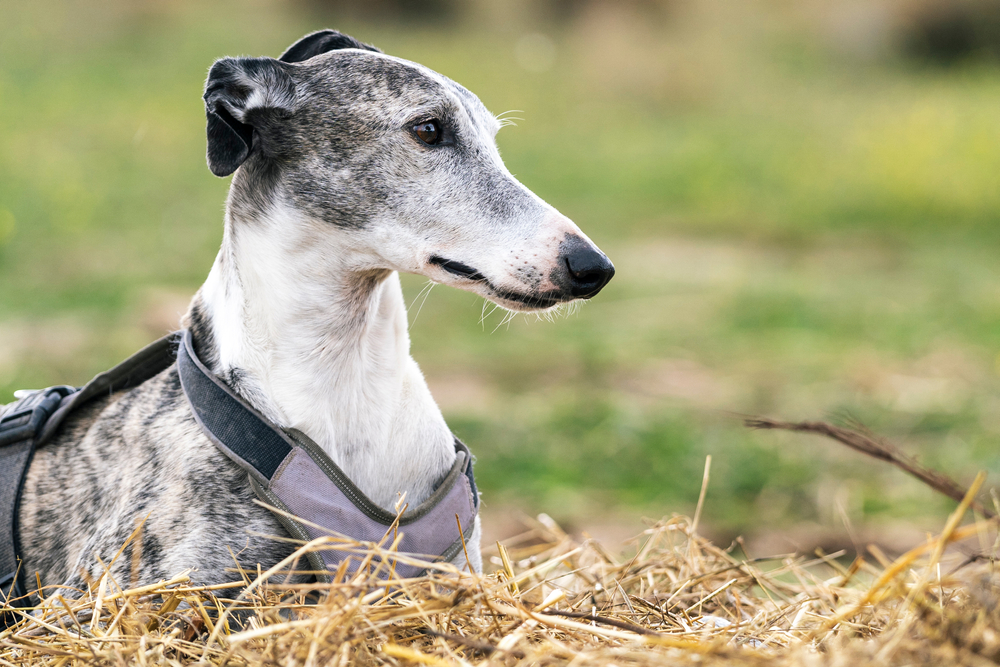
How to Maintain Straw Bedding for a Doghouse
When using straw as dog bedding, it’s important to replace it regularly. Straw can trap moisture and cause odor and mold, especially when it’s hot and humid or rainy outside. Straw is mainly used as exterior insulation for dog houses. A thick layer of straw can be tucked underneath elevated dog houses to help retain heat inside.
In some cases, you can use straw as an interior bedding. However, it requires more maintenance, as leaving it unattended will make it susceptible to mold or mildew. You can mix cedar shavings with straw if you’d like.
It’s also recommended to fluff straw bedding inside the doghouse daily. The frequency of switching it out will depend on the type of hay you use and the climate. Some straw bedding can last several days, while others need to be replaced every other day.

Conclusion
Overall, straw is a considerable option for dog bedding. It’s affordable and eco-friendly, and it works well as exterior insulation for a dog house. However, it’s important to keep in mind that if it’s not maintained properly, it will cause mold and attract pests. Straw is easier to maintain if you live in warm and dry areas that get little rain. It’ll take more effort if you live in places that are humid or get a lot of rain or snow. Straw is also not recommended for puppies, as it may pose a choking hazard for them.
Featured Photo Credit: j_rueda, Shutterstock
